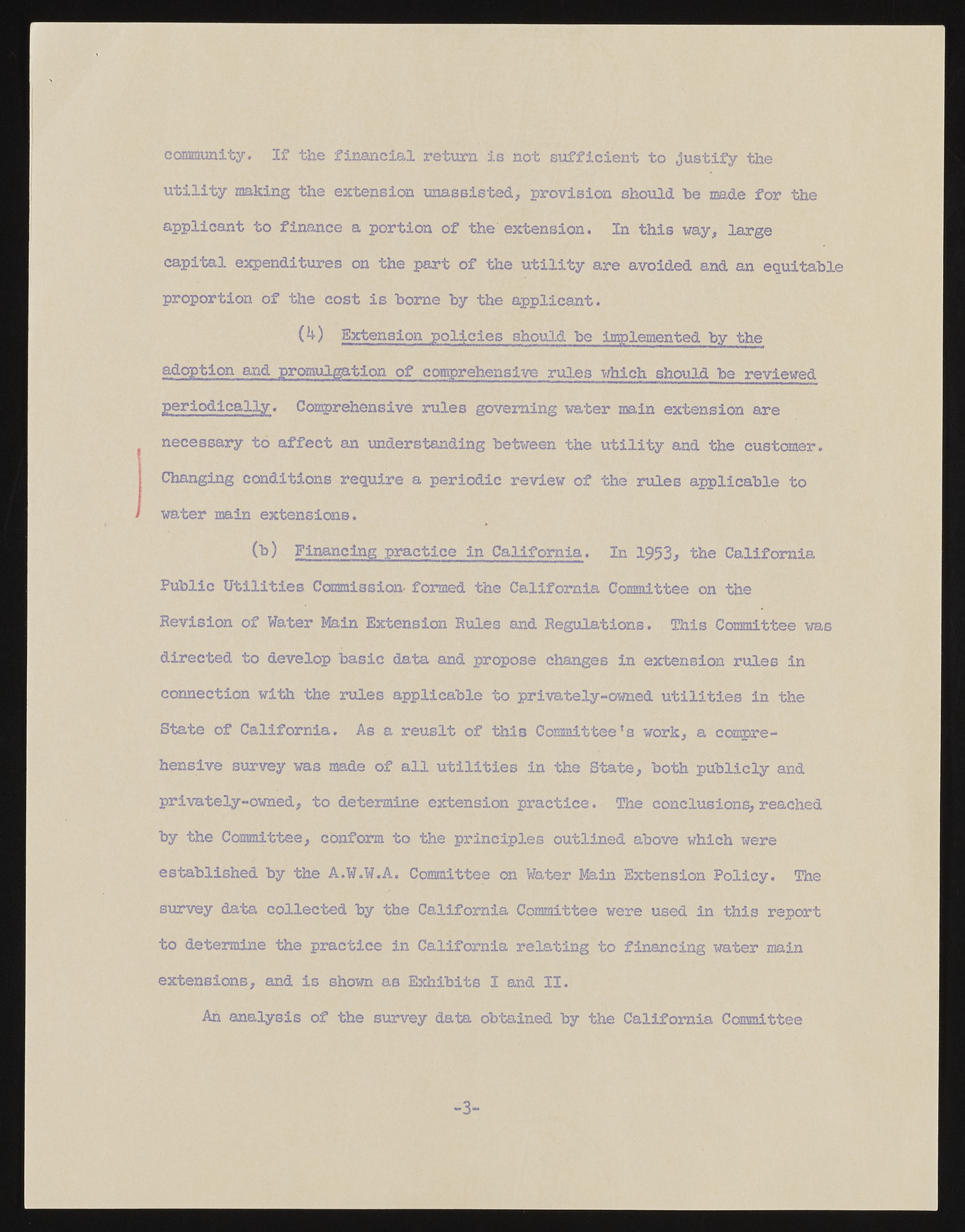Copyright & Fair-use Agreement
UNLV Special Collections provides copies of materials to facilitate private study, scholarship, or research. Material not in the public domain may be used according to fair use of copyrighted materials as defined by copyright law. Please cite us.
Please note that UNLV may not own the copyright to these materials and cannot provide permission to publish or distribute materials when UNLV is not the copyright holder. The user is solely responsible for determining the copyright status of materials and obtaining permission to use material from the copyright holder and for determining whether any permissions relating to any other rights are necessary for the intended use, and for obtaining all required permissions beyond that allowed by fair use.
Read more about our reproduction and use policy.
I agree.Information
Digital ID
Permalink
Details
More Info
Rights
Digital Provenance
Publisher
Transcription
community. If the financial return is not sufficient to justify the utility making the extension unassisted, provision should he made for the applicant to finance a portion of the extension. In this way, large capital expenditures on the part of the utility are avoided and an equitable proportion of the cost is borne by the applicant. 0 0 Extension policies should be implemented by the adoption and promulgation of comprehensive rules which should be reviewed periodically. Comprehensive rules governing water main extension are necessary to affect an understanding between the utility and the customer. Changing conditions require a periodic review of the rules applicable to water main extensions. (b) Financing practice in California. In 1953, the California Public Utilities Commission- formed the California Committee on the Revision of Water Main Extension Rules and Regulations. This Committee was directed to develop basic data and propose changes in extension rules in connection with the rules applicable to privately-owned utilities in the State of California. As a reuslt of this Committee’s work, a comprehensive survey was made of all utilities in the State, both publicly and privately-owned, to determine extension practice. The conclusions, reached by the Committee, conform to the principles outlined above which were established by the A.W.W.A. Committee on Water Main Extension Policy. The survey data collected by the California Committee were used in this report to determine the practice in California relating to financing water main extensions, and is shown as Exhibits I and II. An analysis of the survey data obtained by the California Committee -3-

